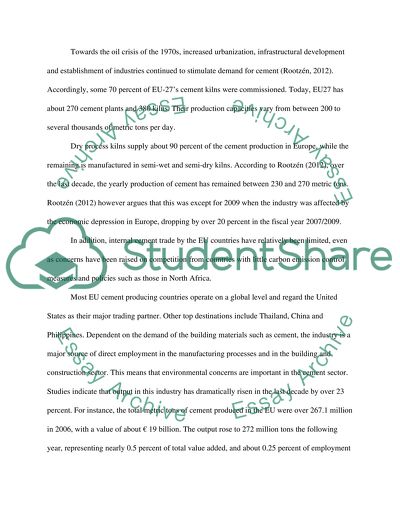Cite this document
(“EU Environmental Law - Carbon Emissions and Sustainable cement & Essay”, n.d.)
EU Environmental Law - Carbon Emissions and Sustainable cement & Essay. Retrieved from https://studentshare.org/law/1617307-eu-environmental-law-carbon-emissions-and-sustainable-cement-concrete
EU Environmental Law - Carbon Emissions and Sustainable cement & Essay. Retrieved from https://studentshare.org/law/1617307-eu-environmental-law-carbon-emissions-and-sustainable-cement-concrete
(EU Environmental Law - Carbon Emissions and Sustainable Cement & Essay)
EU Environmental Law - Carbon Emissions and Sustainable Cement & Essay. https://studentshare.org/law/1617307-eu-environmental-law-carbon-emissions-and-sustainable-cement-concrete.
EU Environmental Law - Carbon Emissions and Sustainable Cement & Essay. https://studentshare.org/law/1617307-eu-environmental-law-carbon-emissions-and-sustainable-cement-concrete.
“EU Environmental Law - Carbon Emissions and Sustainable Cement & Essay”, n.d. https://studentshare.org/law/1617307-eu-environmental-law-carbon-emissions-and-sustainable-cement-concrete.


